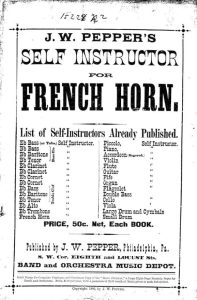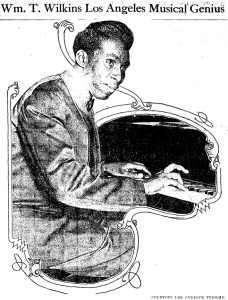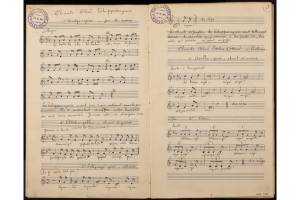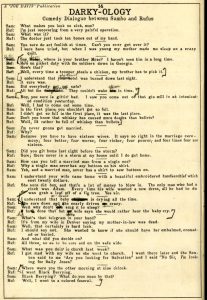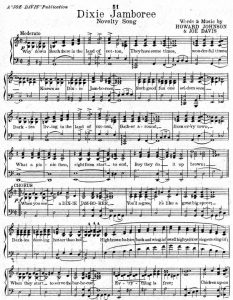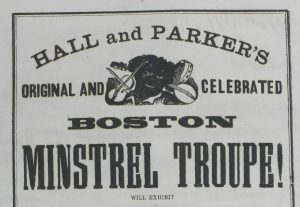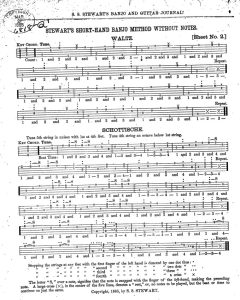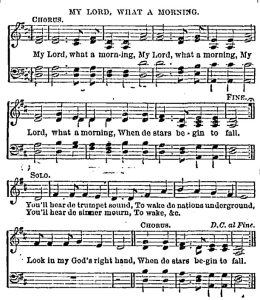For today’s blog post, I decided to search up something I find interesting, which is French horn. I went onto the Library of Congress database, and I found this horn method book. I thought that was an interesting primary source to look into, and see if there are any interesting things in here that reflect social issues and surprise surprise, we did find something.
What we are looking at today is a horn method book, specifically the J. W. Pepper’s Self Instruction for French Horn. It was published by J. W. Pepper in Philadelphia in 1882. This was an ongoing collection of self instruction method books for instruments, and I thought that was quite cool. I am not entirely sure what age group this collection is marketed towards, because adults would be able to read this book and get a vague idea of how to play the french horn, but kids would literally stare at this book and not know what to do.
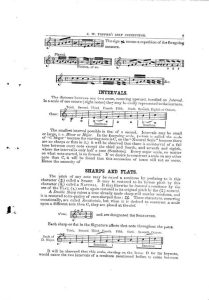
I mean… the book wasn’t really marketed towards kids, but this is still way too much method way too little fun. XD
Compared to method books nowadays, such as Standard of Excellence, it is a lot more readable for kids because the amount of information presented on the page would not overwhelm them. There are also graphics so that the children can be entertained, whereas this book is a lot more bland. The instruments selected are mostly band and orchestra instruments, and there were also books on Fife, Accordion and Flageolet, which is an instrument I have never heard of before. I did a quick search about its origin, and according to Encyclopedia Britannica, it originated and developed in Paris, France, and it served the role of modern day piccolo in an orchestra. However, in that collection, there is already a piccolo method book. Hmmm. Eurocentrism?
I might be jumping the gun here, but let’s take a closer look at the excerpts provided here. It is all, yes, ALL European music. The title of this section says Fifty Classic, Popular and Operatic Melodies, but there is no variety in representation. On top of that, there is a lot of patriotism snuggled in, such as tunes like Stars Spangled Banner and America. What really made me question the legitimacy of this collection is the actual music itself. In a lot of the tunes, the highest pitch is a horn G, which is not beginner friendly at all. When I played the horn, it took about two to three years to get there. Wow, music education sure was a lot darker back then.
Works Cited
“Flageolet.” Encyclopædia Britannica, Encyclopædia Britannica, Inc., https://www.britannica.com/art/flageolet-musical-instrument.
J. W. Pepper’s Self instructor for french horn. Pepper, J. W., Philadelphia,monographic, 1882. Notated Music. Retrieved from the Library of Congress, <www.loc.gov/item/sm1882.15228/>.
Standard of Excellence: Comprehensive Band Method Book 1 (French Horn). Kjos (Neil A.) Music, 1997. Print.

